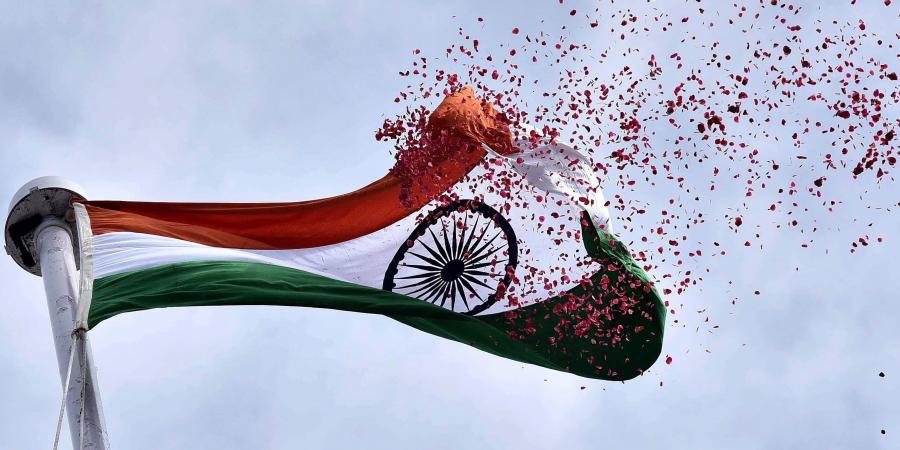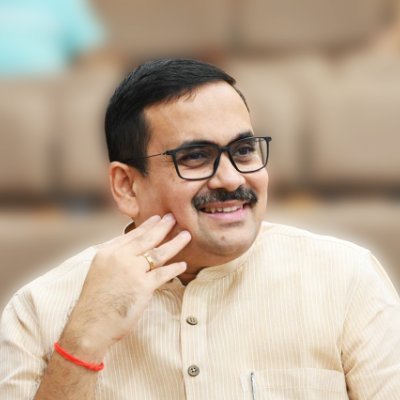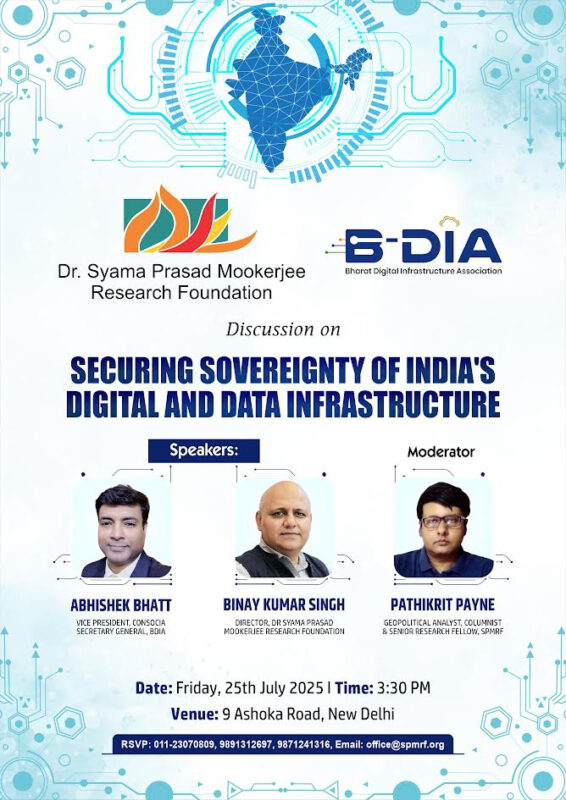In exploring this link with Bengal and Gujarat, let us begin with Sri Aurobindo.
On the day when Prime Minister Modi, a Gujarati, was reciting Gurudev Rabindranath Tagore’s hope-instilling immortal poem, ‘Ore Nutan Juger Bhore’, to the people of West Bengal through his address to the Indian Chamber of Commerce and laying down his roadmap for the resurgence of West Bengal, a certain cricket historian based in Bengaluru, was doing what he always does best, tweeting certain out-of-context passages from a certain British public intellectual, who was a communist, founder of the Communist Party of India, adopted India as his home, wrote copiously, criticised Nehru’s pro-Communist stance, worked with C Rajagopalachari, edited Swarajya, lived in Chennai and died there in 1971.
This historian was quoting Philip Spratt, with the mischievous intent of fanning fires of divisive tendencies, now visible, in certain quarters, and of making a false delineation of a culturally and temperamentally antagonistic relations between Bengal and Gujarat. He serves his political masters in creating this false exclusivity. Of course, this cricket historian, an avowed Nehru acolyte—let us not name him and thus edify him—had not read Spratt’s foreword to Sita Ram Goel’s book, In Defence of Comrade Krishna Menon: A Political Biography of Pandit Nehru (1963). It would have been sacrilegious for him, that Spratt, a onetime Communist, could write a foreword for Goel, an arch anti-communist.
One sees intellectual trumpeters of the present ruling dispensation in West Bengal, crassly attacking Gujarat and Gujaratis, while the Chief Minister of West Bengal does little to rein them in. Fortunately, the majority of Bengalis have no such animosity and do not indulge in false comparisons.
However, such occasions when certified historians indulge in intellectual dilettantism, also offer opportunities to draw up inspiring connections and links that bind the people of India, that link each province and also show us how, in our collective national evolution, most of our epochal thinkers, leaders, bards, poets, philosophers, political leaders, have always drunk deep from each other’s cultural reservoirs in order to nourish their quest for India’s resurgence and self-discovery.
In exploring this link with Bengal and Gujarat, let us begin with Sri Aurobindo. On his return from England in 1893, Sri Aurobindo lived and worked in Baroda state under the Gaekwad dynasty for 13 long years. These years were dedicated to an immersion in a deep study of Indian culture, parampara, languages and also in making preparations for the upcoming revolutionary work in Bengal. The legendary K M Munshi (1887-1971), one of the finest voices of Gujarati cultural re-awakening, one of the most prolific and articulate voices of India’s cultural nationalism and a profound thinker-politician, was Sri Aurobindo’s most famous Gujarati pupil and disciple. Munshi’s fascination and reverence for Sri Aurobindo would last a lifetime.
One of Sri Aurobindo’s foremost biographers and disciples was AB Purani, a revolutionary from Surat, who joined Sri Aurobindo in his early days in Puducherry, after having received an assurance from the Sage that India shall be free. A towering intellectual and seeker, Purani was not only one of Sri Aurobindo’s early biographers, but also instrumental in recording his evening talks, leaving behind for posterity a vast treasure house giving us a sort of an idea of how the Sage responded to political, social, religious and economic debates of his days.
Sri Aurobindo’s personal attendant, one who untiringly and faithfully served him for decades, was Champaklal Purani; one of those who laid the administrative foundations of Sri Aurobindo Ashram, in those early days under the tutelage of The Mother, was Chunibhai Patel—once a close Gandhi acolyte from Anand, whom Sri Aurobindo named ‘Dyuman’, the luminous one. One of Gujarat’s most famous poets, Sundaram—Tribhuvandas Purushottamdas Luhar—from Bharuch became Sri Aurobindo’s disciple in 1945 and joined the Ashram. A Padma Bhushan and Sahitya Akademi awardee, Sundaram became one of Sri Aurobindo’s foremost interpreters in Gujarati. One of Sri Aurobindo’s most well-known educational interpreters was noted educationist and philosopher Kireet Joshi, who in 1956, at the age of 26, resigned as Assistant Collector of Surat and joined Sri Aurobindo Ashram, and dedicated the best part of his life in giving shape to Sri Aurobindo’s vision of integral education under the guidance of The Mother.
Widening the search, it was at the behest of Mahatma Gandhi and Sardar Patel that Dr Syama Prasad Mookerjee was included in free India’s first cabinet as a minister. Dr Mookerjee and Sardar worked closely in the cabinet and jointly withstood Nehru’s tantrums and tackled his endless prevarications. It was a combination of Sardar Patel, KM Munshi and General Jayanto Nath (JN) Chaudhuri, a Bengali, who dealt a decisive blow to the recalcitrant Nizam of Hyderabad and defeated his rabidly communal Razakar ‘army’ in 1948. Rather than creating false divisions, it is the propensity to discover inspiring connections and analogies in history that must drive our quest for internalising and disseminating a vibrant sense of Indianness.
(The views expressed are the author's own and do not necessarily reflect the position of the organisation)



